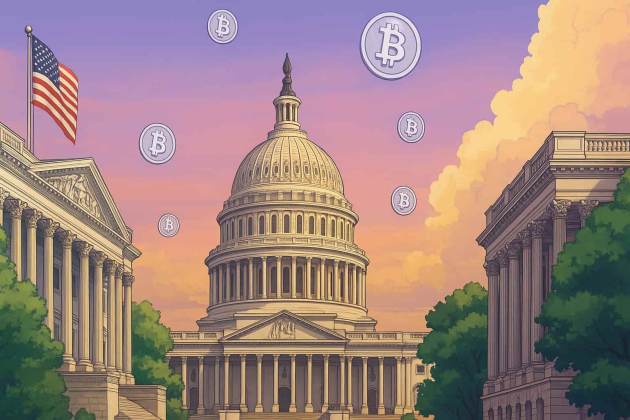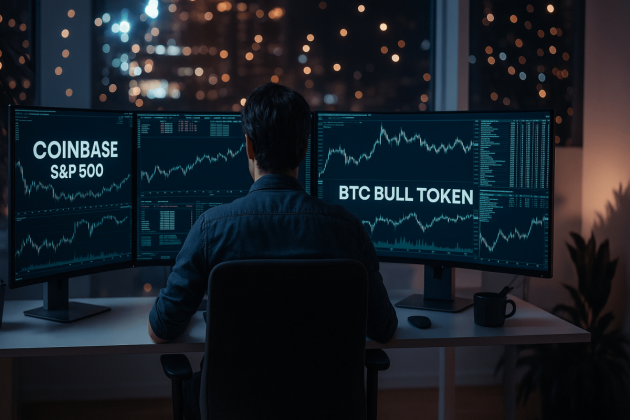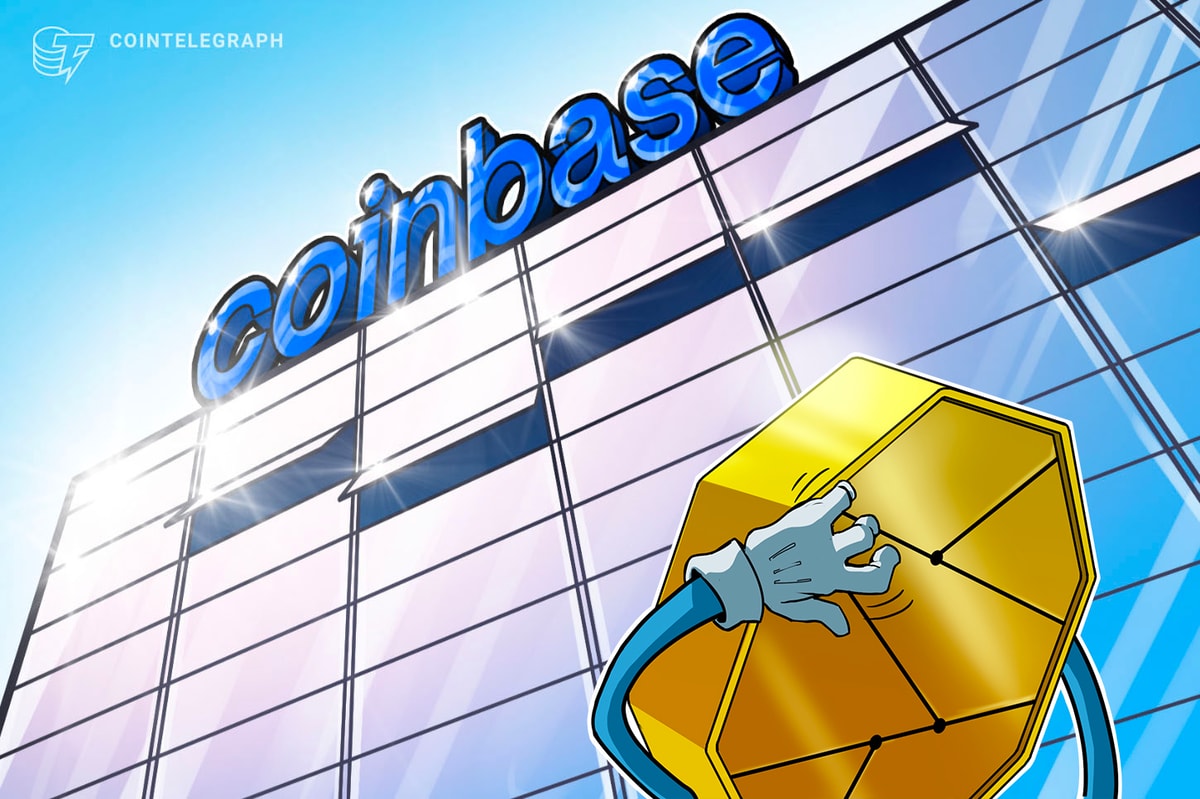Technology is peculiar. Like a river, it finds its way to reach and influence us.
With a whole new world inside the virtual realm, the metaverse is showcasing interesting use cases and proving that anything can be done there.
It allows virtual avatars made by users to navigate the virtual environment and socialize with each other through social interactions.
This includes attending events, playing games, organizing global sporting events and even building immersive malls and cafes. There is a parallel world being built block by block.
It is also important to note that the scope of the metaverse goes beyond gaming to banking, retail, manufacturing, diplomatic gatherings, architecture, engineering and even healthcare.
Now, like all important activities and transactions in the real world that need a sturdy financial system, the metaverse also deserves a financial infrastructure to build actionable products and services. And DeFi is a promising medium to bridge the gaps.
Why is DeFi important to build a meaningful metaverse?
Staying in-line with Web3, a metaverse platform should be able to provide borderless transactions through a decentralized financial layer. It requires a trustless environment for optimal functioning. DeFi’s core structure enables users to earn, spend, borrow, lend or invest without a central governing authority.
Monetizing metaverse assets will require a robust network of systems.
What is MetaFi? How does it accelerate DeFi’s adoption in the metaverse?
The goal of MetaFi is to accelerate the mass adoption of the next generation of the internet, Web3 and blockchain to expand their use cases.
MetaFi provides the infrastructure to enable financial transactions between different types of blockchain tokens such as fungible and non-fungible across a range of DeFi platforms. A simple example would be using a fractionalized NFT as collateral for DeFi lending protocols.
Inside the metaverse, a user in one part of the world could attend an event hosted by another part. Likewise, they could use cryptocurrency as a medium to pay for the service.
Next, the user could also tokenize and monetize their digital assets inside the virtual environment. Through NFTs, they lock in an opportunity to generate passive income for every purchase happening inside the metaverse, all residing on the blockchain.
In another example, users could pre-visit a real estate property in the metaverse and pay for it or a physical version of it in tokens. Believe me, that’s just the tip of the iceberg and there’s an ocean of potential.
Leading driver: The rising GameFi economy
GameFi refers to the decentralization of gaming protocols that use DeFi products for monetization and incentivization. To put it simply, it represents a combination of NFTs, DeFi and play-to-earn blockchain games that offer incentives to the gamers. For example, players can earn crypto or NFTs for achieving a certain milestone, battling other players or earning reward points.
Here, extended DeFi product offerings could include staking, liquidity mining, yield farming, etc. So, gamers could stake their in-game tokens to become eligible for rewards and access exclusive gaming opportunities and assets. Henceforth, the rise of play-to-earn games will bring the gaming community closer to the scope of MetaFi DeFi.
NFTs, as we know, can have a variety of use-case scenarios. So, whether you’re using them as collateral or renting them for profits, metaverse NFTs can provide a monetization alternative to cryptocurrencies.
NFTs can allow gamers to rent valuable in-game items while the owners can generate additional passive income. Moreover, it also supports interoperability in a decentralized gaming environment.
Challenges in MetaFi — Opportunity for creators
Different blockchain networks have their own exclusive infrastructure, policies and tokenomics. This creates a roadblock when they have to communicate with each other. Other issues include high transaction fees and lack of scalability amongst others.
Today, enterprises should work toward building better layer networks that don’t face interoperability issues. Among other dApp use cases, it is important to assure highly interactive metaverse ecosystems such as games, marketplaces and others. While we are at it, they should provide sustainable tokenomics that incentivizes users. This could promote long-term growth.
Meaningful reality in the imaginary world
Given what is at stake, it is inevitable that the virtual world of Web3 will require a financial infrastructure for tangible outcomes. Ultimately, blockchain developers have an opportunity to conceive monetizable, scalable and immersive products for the users.
After all, it’s the key to actualizing the mission it promises — giving power back to the people.
The information provided here is not investment, tax or financial advice. You should consult with a licensed professional for advice concerning your specific situation.
Vikram Raj Singh is the CEO of Antier Solutions.
This article was published through Cointelegraph Innovation Circle, a vetted organization of senior executives and experts in the blockchain technology industry who are building the future through the power of connections, collaboration and thought leadership. Opinions expressed do not necessarily reflect those of Cointelegraph.
Learn more about Cointelegraph Innovation Circle and see if you qualify to join











